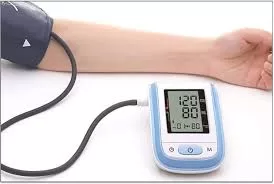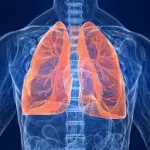
A group of scientists has pinpointed two novel strains of probiotics that demonstrate potential in reducing elevated blood pressure, a condition affecting a significant 40 percent of the global population.
In experiments conducted on mice with hypertension, the administration of the two probiotics — Bifidobacterium lactis and Lactobacillus rhamnosus — resulted in the normalization of blood pressure levels.
Over a span of 16 weeks, the researchers also observed alterations in the gut microbial composition of these mice due to the probiotics, identifying specific microbes and metabolic pathways that could elucidate this protective effect. Jun Li, a computational biologist from the City University of Hong Kong, stated, “Accumulated evidence supports an antihypertensive effect of probiotics and probiotic fermented foods in both in vitro and in vivo experiments.”
Working in collaboration with microbiologist Zhihong Sun at Inner Mongolia Agricultural University, Li emphasized, “We believed that the dietary intake of probiotic foods would complement traditional hypertension treatment.”
In this recent study, the scientists administered the two probiotic strains to mice that had developed high blood pressure after consuming water mixed with fructose. They observed that fructose-fed mice who received either probiotic exhibited significantly lower blood pressure levels compared to those on a high fructose diet without probiotic treatment.
Furthermore, the researchers noted no discernible difference in blood pressure readings between fructose-fed mice receiving probiotics and a control group of mice solely consuming water. This suggests that probiotic interventions could maintain blood pressure within normal ranges, as stated by Li.
The team is now in the planning stages for a large-scale clinical trial to ascertain if the protective effects of probiotics extend to individuals with hypertension.
“Probiotics present a promising avenue in preventive medicine,” noted Sun, “offering potential in regulating hypertension and reshaping our approach to cardiovascular health.”











